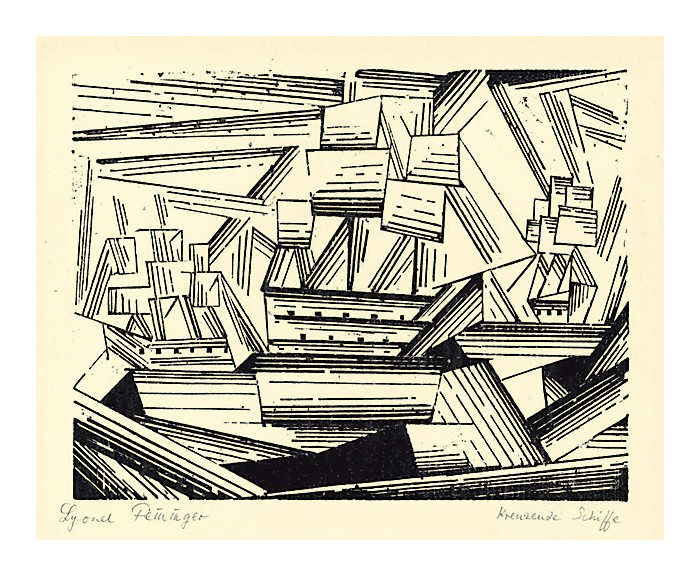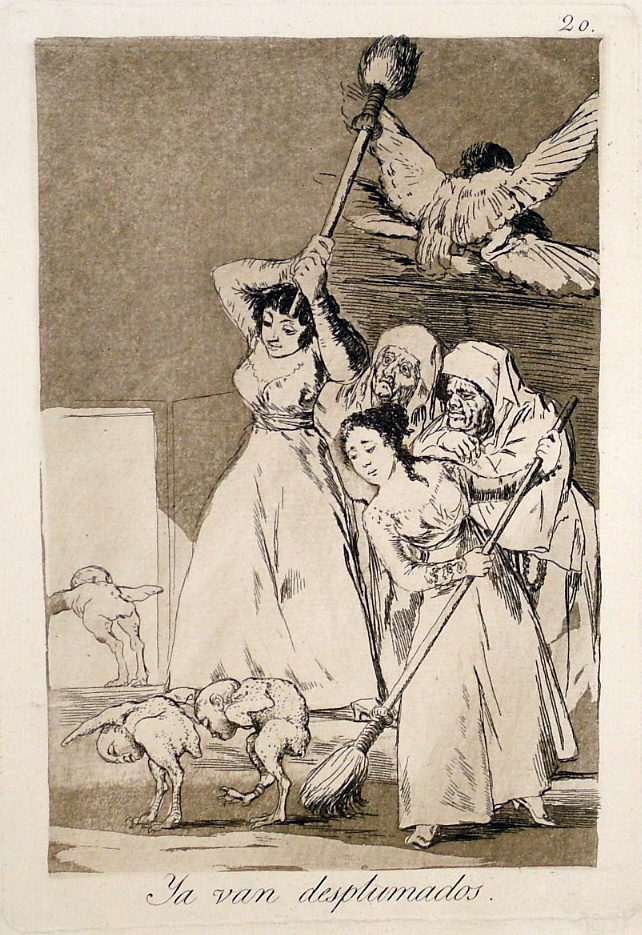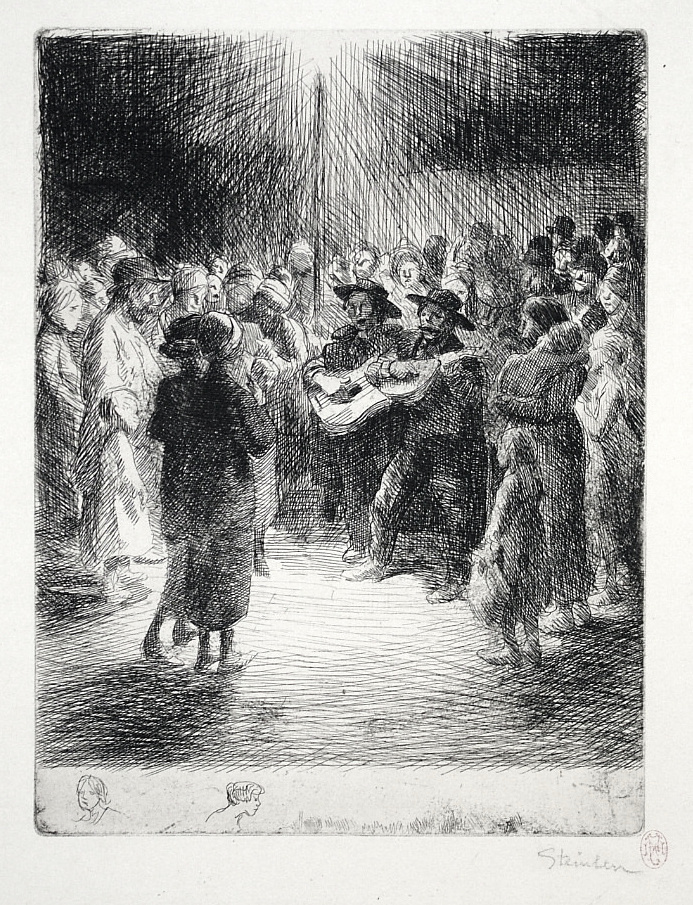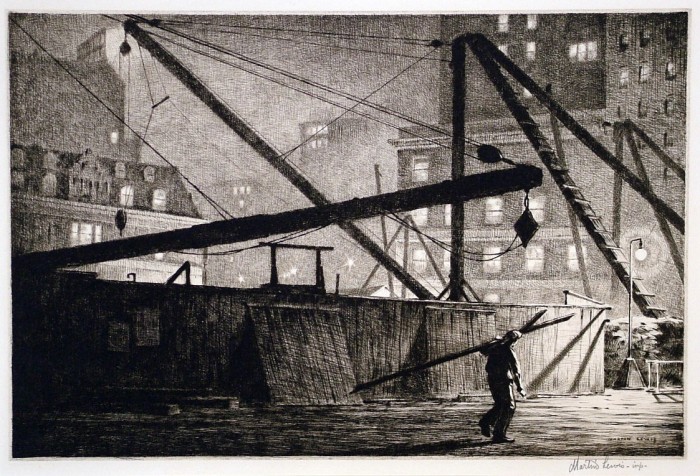Marie at the Window
Tuesday, May 22nd, 2012
Childe Hassam (1859-1935), Marie at the Window, etching and drypoint, 1923. Signed with the cypher and inscribed “imp” in pencil [also with initials and date in the plate, lower right]. Cortissoz/Clayton 230, only state. In very good condition, the matrix immaculate (evidence of toning verso, platemark reinforced upper left verso), printed on a cream wove paper, 10 7/8 x 7, the sheet 13 1/4 x 9 1/2 inches.
A fine impression of this great rarity.
Made from the model in the artist’s New York apartment. In 1923, the year Marie at the Window was etched, Hassam was already world-renowned, known as America’s great impressionist painter and etcher (his career as an etcher began in earnest relatively late, about eight years earlier).
Marie at the Window is one of several Hassam compositions done in the tradition of Japonisme, showing an interior of patterned surfaces and a single contemplative woman, generally lost in contemplation. This theme was a favorite of turn-of-the-century “Quietists” such as Thomas Wilmer Dewing, his close friend J. Alden Weir, and of course Marie Cassatt.








